open main page for all woods open page 2 for articles
COLLECTION B
A collection of over 50 samples, mostly North American wood and most of which are shown in the composite pic below, that are all 5.75" x 2.5" x 1.5" and stamped on one end with their common names, and on a couple of them with additional information stamped on the other end (such as "Portsmouth England" on a piece of English oak).
It is unfortunate that there are no botanical name designation since a number of these could be any one of a significant number of species (for example, the live oak and yellow pine samples shown about half way down this page are each possibly any one of a dozen species)
These have presented me with an excellent opportunity to show how the surface aging of the wood is just that ... SURFACE aging. On each of these I removed 1/8" from one face and then sanded it smooth and I have before and after pics of that surface in each case, showing how the surface aging (on all but a few wood such as black locust) does not go even 1/8" into the wood. I have also sliced off 1/8" from one end and then done my fine sanding (1200 grit) on them for the "end grain update" pics for the anatomy pages on this site.
A lot of care was taken in stamping the names into the wood. I'd love to know where these were processed. This kind of stamping likely hasn't been done in a long time so I think these are pretty old. That is, the surface aging alone suggests at least a decade or two but I would not be surprised to find that these were made around 100 years ago.

most of the collection

a closeup of the stamping on a few pieces. As you can see, there is a name stamped along the bottom edge. It is I. LENTHALL. I have tried, unsuccessfully, to find out who this was.

showing the overall shape of each sample (5.75" x 2.5" x 1.5")
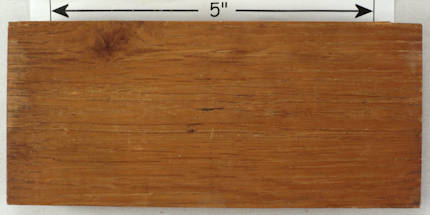
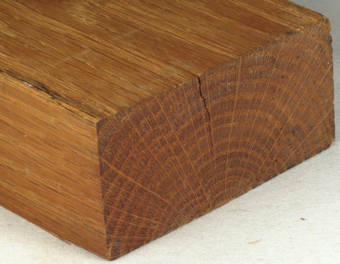
one side and the end grain of a sample of pin oak (which only narrows it down to about 10 species, although it is most likely Quercus palustris since that is the oak probably most commonly associated with "pin oak")
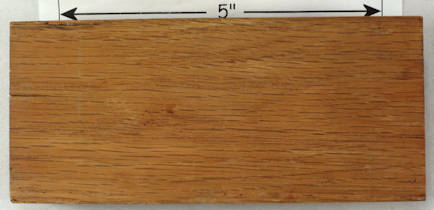
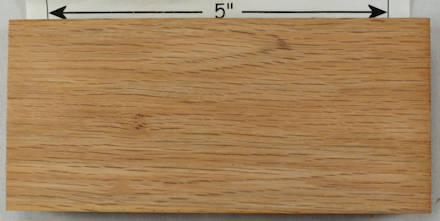
the second face, before and after slicing off 1/8", showing how the patina from aging is only surface deep.
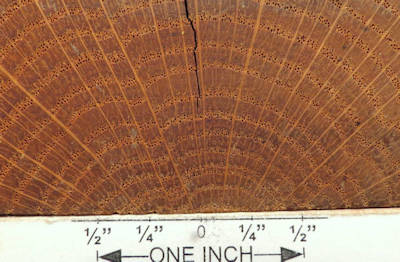
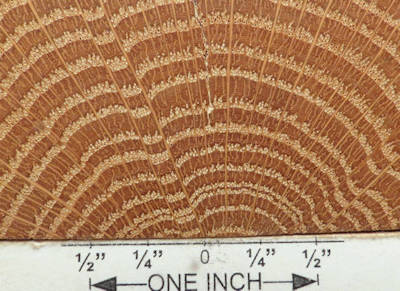
end grain closeup and END GRAIN UPDATE from directly above.








